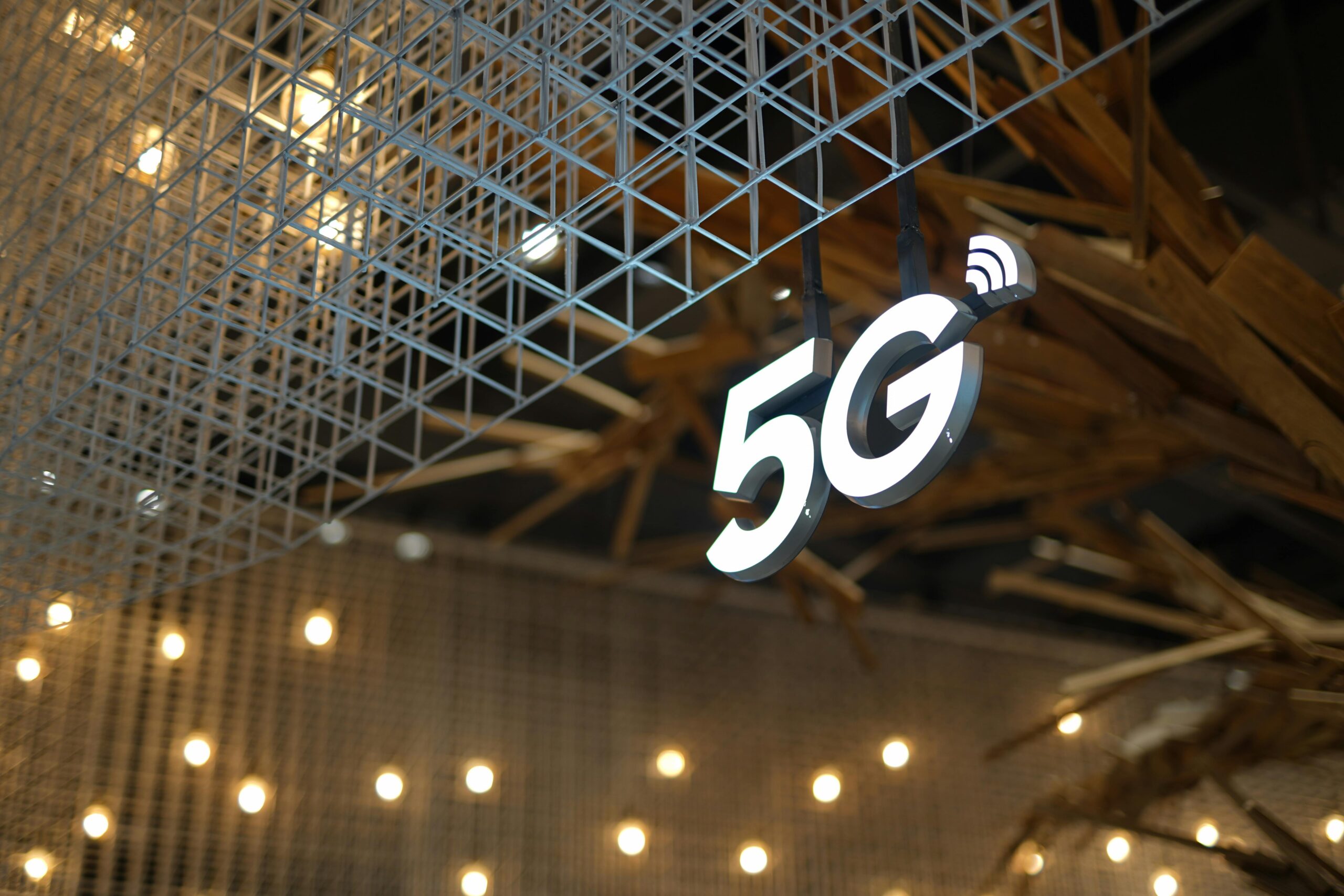Beyond 5G: What’s Next for Wireless Technology?
What’s Next for Wireless Technology? The rise of 5G has transformed connectivity, offering lightning-fast speeds, ultra-low latency, and the potential for a fully interconnected world. But as we embrace 5G, the tech world is already looking ahead. What comes after 5G? How will wireless technology evolve to meet future demands? Let’s explore the next wave of innovation beyond 5G and how it will shape the future of communication.
1. 6G: The Next Generation of Wireless Connectivity
While 5G is still being deployed worldwide, researchers are already working on 6G, expected to launch around 2030. Here’s what 6G promises:
- Speeds of up to 1 Tbps: 100 times faster than 5G, enabling near-instantaneous downloads.
- Holographic Communications: Real-time 3D video calls with lifelike projections.
- AI-Driven Networks: AI will optimize data routing, improving efficiency and reducing lag.
- Terahertz Frequencies: Higher frequencies will allow more data transmission but require advanced infrastructure.
2. AI-Powered Networks for Smarter Connectivity
Artificial intelligence is set to revolutionize wireless technology by making networks more intelligent and adaptive:
- Predictive Maintenance: AI will identify network issues before they cause disruptions.
- Dynamic Spectrum Allocation: AI-driven systems will optimize bandwidth use in real time.
- Personalized Connectivity: Networks will tailor performance to individual user needs based on AI predictions.
3. The Rise of Quantum Communication
Quantum technology could bring unbreakable encryption and faster-than-light data transfer:
- Quantum Key Distribution (QKD): A virtually hack-proof encryption method.
- Quantum Internet: Ultra-secure communication networks leveraging quantum entanglement.
- Instantaneous Data Transfer: Theoretical advancements suggest near-instantaneous transmission of information.
4. Satellite Internet: Expanding Global Coverage
With companies like Starlink and Amazon’s Project Kuiper, space-based internet is evolving:
- 6G-Enabled Satellites: Next-gen satellites will integrate with 6G networks for seamless global connectivity.
- Lower Latency: Advanced satellite technology will reduce the lag traditionally associated with space-based internet.
- Bridging the Digital Divide: Providing high-speed internet to remote and underserved areas worldwide.
5. The Evolution of Edge Computing
What’s Next for Wireless Technology? 5G has already boosted edge computing, but future networks will take it even further:
- Faster Processing at the Source: Data will be processed closer to the user, reducing latency.
- Smarter IoT Devices: Self-learning IoT networks that operate independently with AI-driven decision-making.
- Enhanced Security: Decentralized data processing reduces vulnerabilities.
6. The Integration of Wireless Brain-Computer Interfaces (BCIs)
One of the most futuristic applications of wireless technology is BCIs, which could allow direct communication between the brain and digital devices:
- Neural-Controlled Devices: Users will operate smartphones, computers, and even prosthetics with their minds.
- Medical Applications: BCIs could help treat neurological disorders and restore mobility to paralyzed individuals.
- Cognitive Enhancement: Merging AI with human cognition for improved memory and problem-solving.
READ ALSO: HOW TO MIGRATE TO 5G
7. Sustainable and Energy-Efficient Networks
The next generation of wireless technology will prioritize sustainability:
- Self-Powered Networks: Wireless towers and devices powered by solar or ambient energy.
- Energy-Efficient Protocols: AI-driven optimization to reduce power consumption.
- Eco-Friendly Manufacturing: Sustainable materials for wireless devices and infrastructure.
8. Smart Cities Powered by Future Wireless Tech
Beyond 5G, cities will become even more connected and autonomous:
- Intelligent Traffic Management: Real-time traffic predictions and self-adjusting signals.
- Enhanced Public Safety: AI-powered surveillance and emergency response systems.
- Hyperconnected Public Services: Seamless communication between healthcare, law enforcement, and infrastructure systems.
9. The Merging of AR, VR, and the Metaverse with Next-Gen Wireless
Faster wireless networks will enable more immersive experiences:
- True-to-Life Virtual Reality: Lag-free, ultra-high-definition VR experiences.
- Augmented Reality Integration: Seamless AR overlays in daily life, from shopping to navigation.
- Fully Immersive Metaverse: Wireless advancements will make the metaverse more interactive and realistic.
10. Ethical and Security Challenges of Future Wireless Tech
What’s Next for Wireless Technology? With great technological leaps come concerns:
- Data Privacy: How will future networks handle personal data securely?
- Cybersecurity Threats: Quantum computing could both enhance and challenge security.
- AI and Ethical AI Regulation: The role of AI in decision-making and data management must be carefully regulated.
READ ALSO: The Meaning of “i” in iPhone, iPad, and Other Apple Products;
Final Thoughts: A Wireless Future Beyond Imagination
What’s Next for Wireless Technology? As we transition beyond 5G, the future of wireless technology promises faster speeds, smarter networks, and groundbreaking innovations. From AI-driven connectivity to quantum encryption and brain-computer interfaces, the next decade will redefine how we communicate and interact with the digital world.
